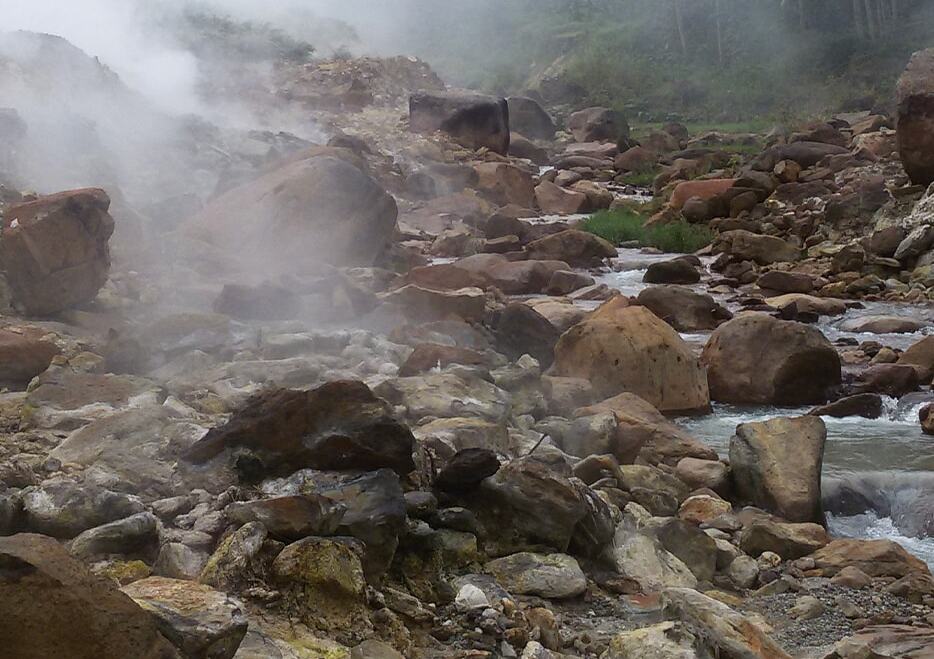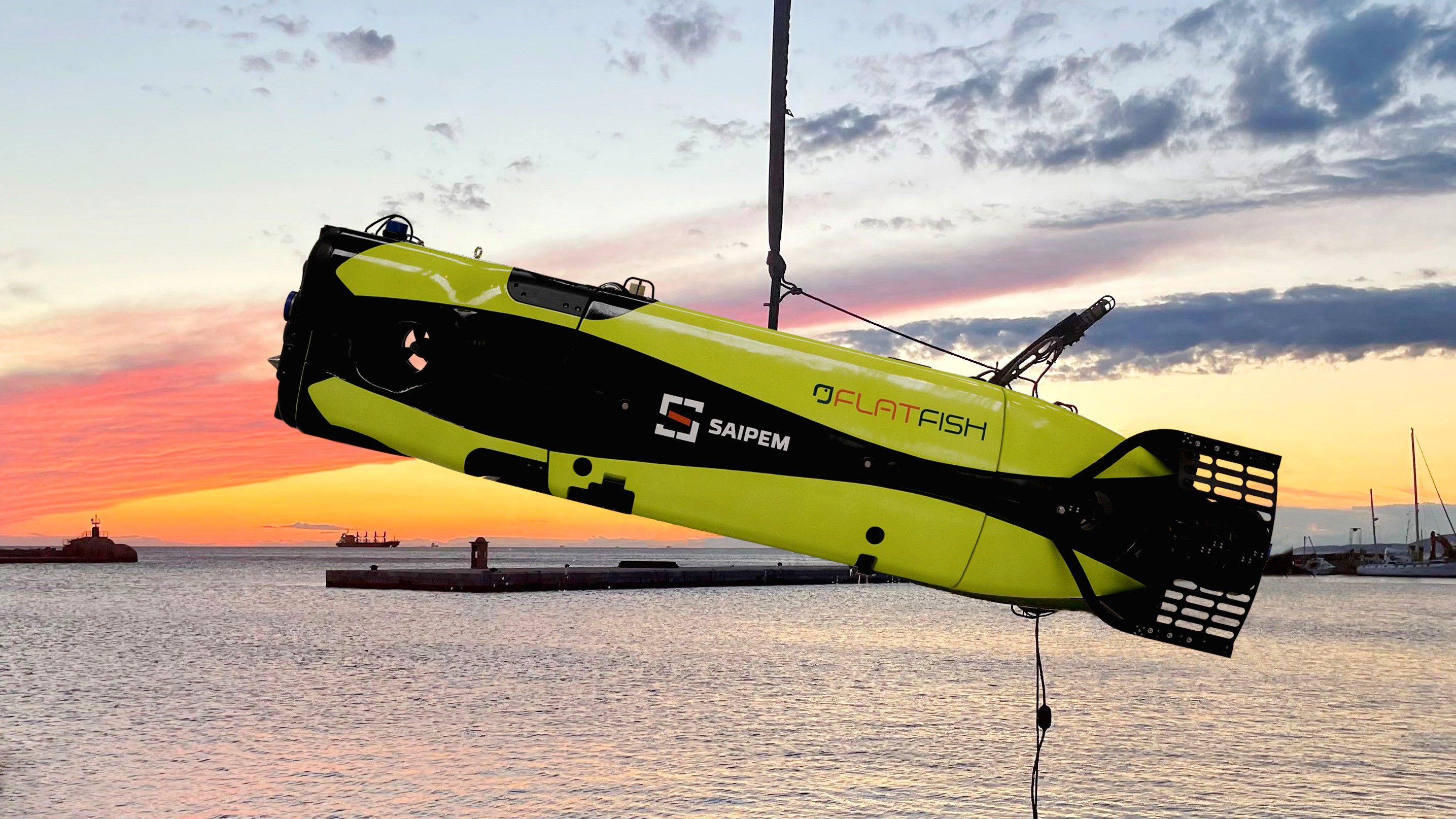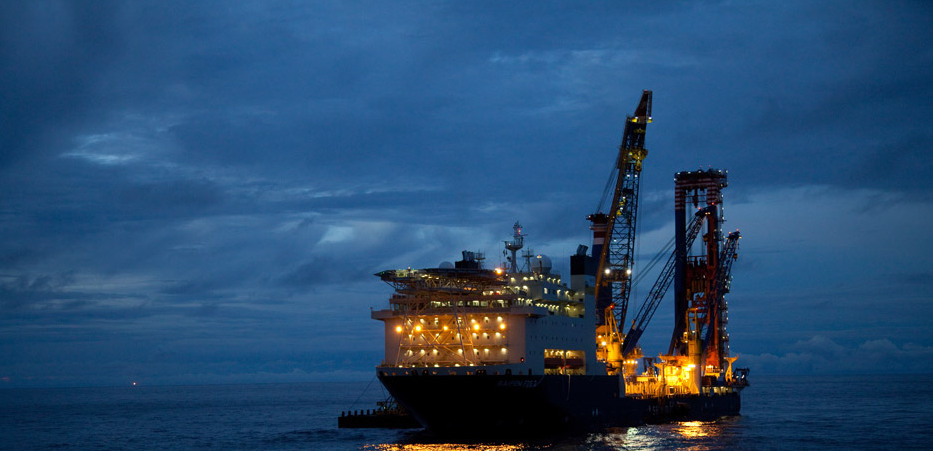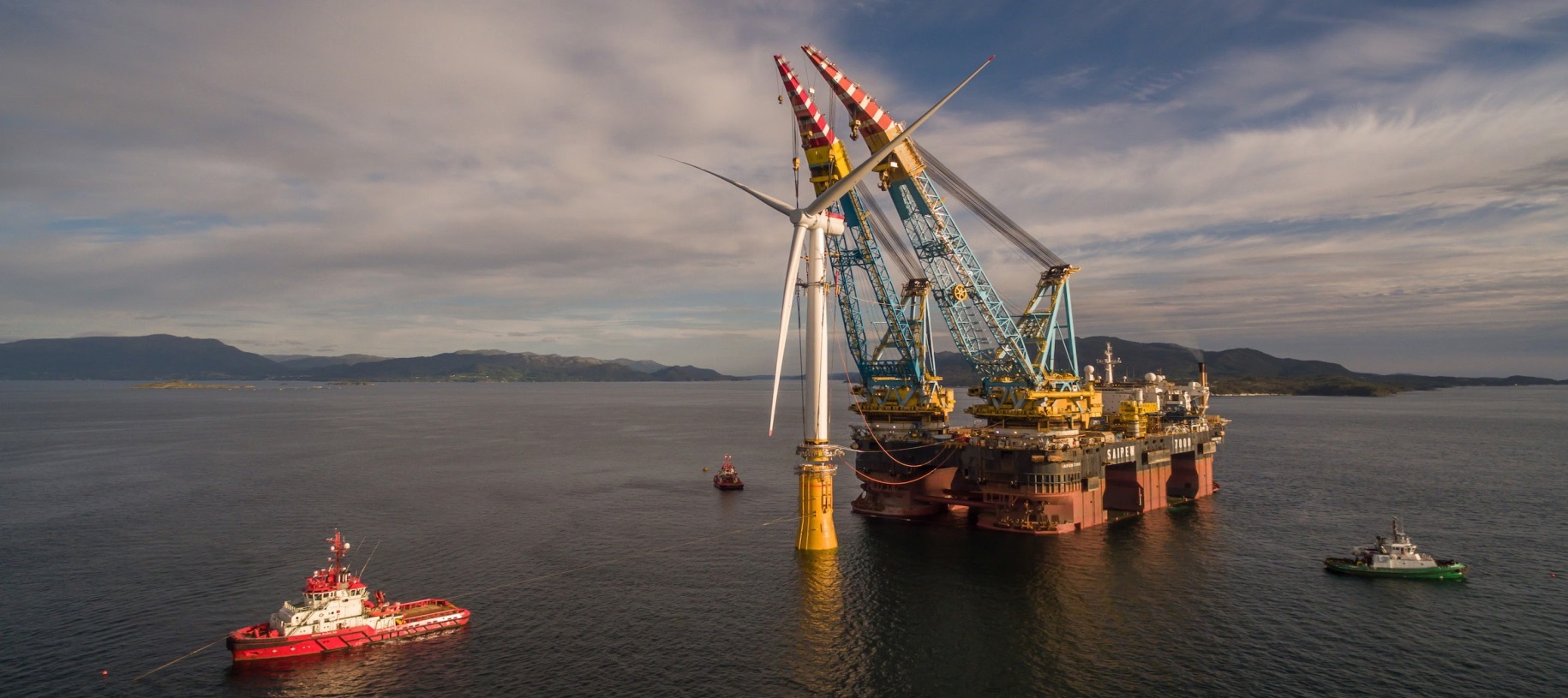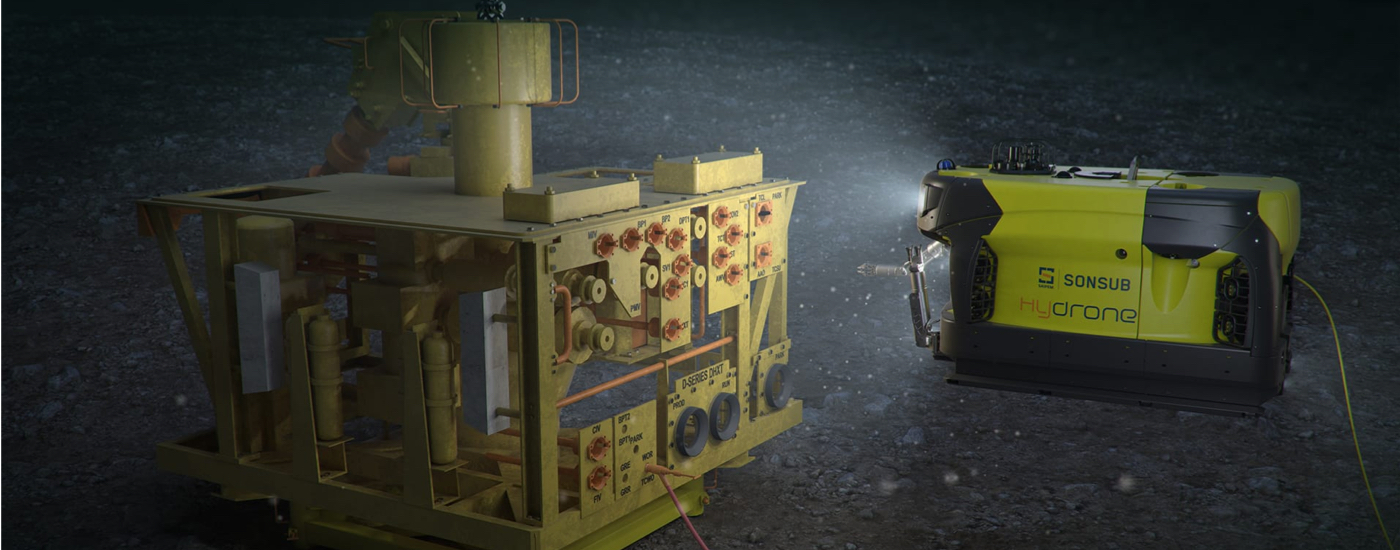Decarbonisation technologies
The global challenge resulting from the need for a sustainable future and energy transition requires a massive effort and a global strategy.
Whereas many efforts aim to use only green energy for production, the first step in achieving sustainability is to increase the energy efficiency of existing processes.
Saipem continues to pursue its objectives to monetise natural gas and focus not only on consolidating and developing decarbonisation processes and technologies, but also on helping energy transition to evolve.
Although renewable energy will grow quickly, the Oil & Gas sector will continue to cover a major share of the energy demand over the next few decades.
As a result, it is essential we design new, hybrid configurations that will guarantee increasingly sustainable production and reduce CO2 emissions.
We are, therefore, taking innovative approaches to optimise the integration of the concepts of renewable energy and energy storage with the Oil & Gas operations to produce hydrocarbons on land and at sea.
Supercups
Saipem's proprietary technology for energy efficiency in urea plants
Our proprietary technology Supercups is an optimum solution for immediate results in energy efficiency and sustainable operations in the fertilisers sector. Let's see why.
Fertilisers are essential to cultivate the crops required to feed billions of people and they play a crucial role both in the decarbonisation and for the sustainability of the agricultural sector.
Urea is one of the most widespread fertilisers and enables farmers to use a nitrogen-rich product to improve crops, hold down costs and simultaneously support the growth of all the developing countries.
What links fertilisers with decarbonisation is the hydrogen they come from.
The current methods to produce hydrogen are based on high-carbon processes, such as the steam reforming of methane from natural gas or coal gasification. It is then converted into ammonia and lastly into products, such as urea.
In this case, a large proportion of the carbon dioxide created as a by-product from generating hydrogen is recycled to produce urea. However, the amount of residual CO2 emitted into the atmosphere remains significant.
Whereas many efforts are currently being made to find the most cost effective technological combination to obtain green products, today there are proven solutions available to improve the sustainability of urea production.
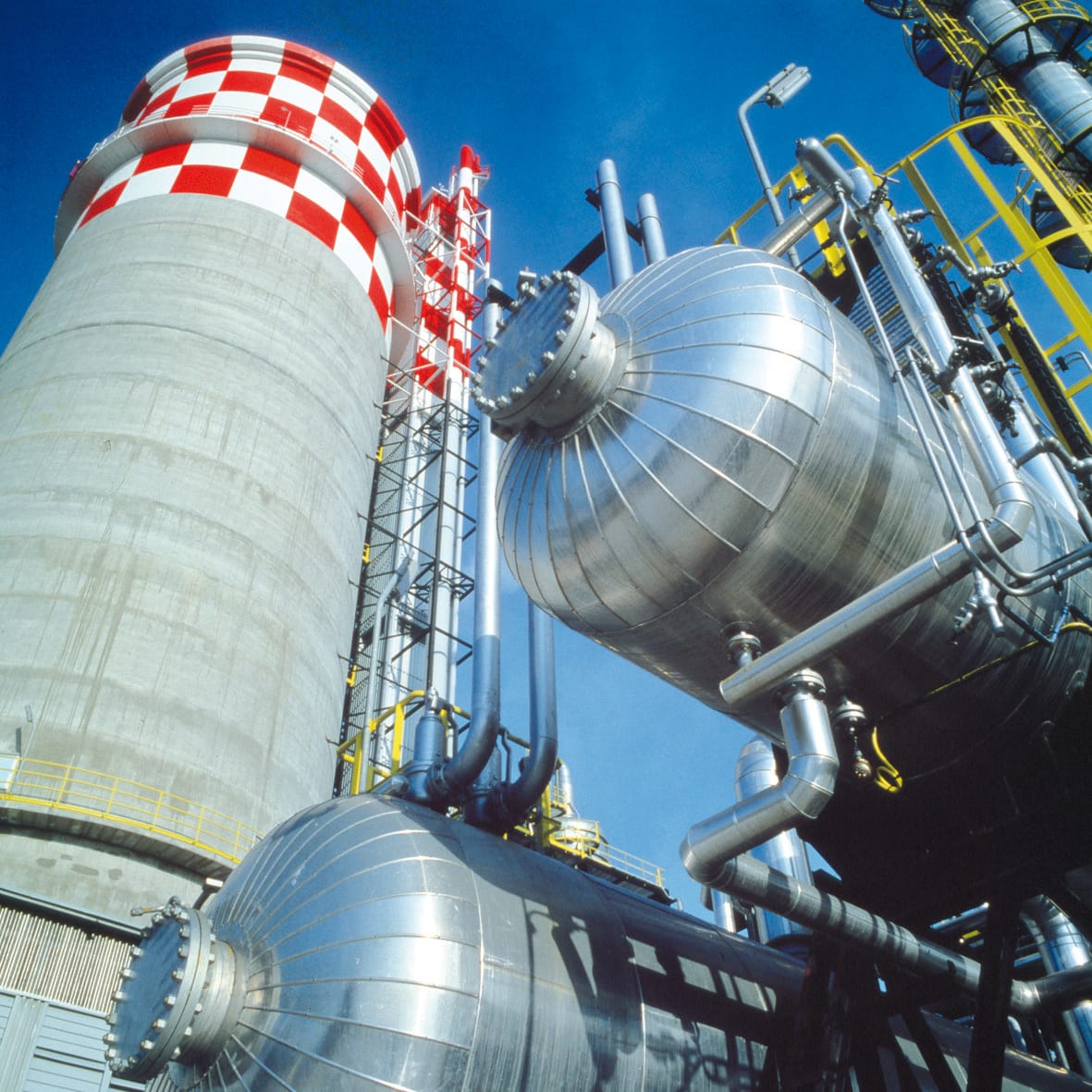
The Supercups technology represents an excellent solution in this area to improve the urea process from within, by optimising the performance of the reactor for urea synthesis.
Supercups is a direct response to the demand for better performing processes and aims to optimise capital investments for high pressure equipment, reduce energy consumption and the environmental impact of urea production.
Supercups boosts the level of efficiency of the reactors' conversion to urea, by increasing production without any modification to the plant or reduction in energy consumption for equal production capacity.
Fuel saving means a reduction in CO2 emissions without the need for any carbon capture system and thus avoids any problem linked to the storage and use of the captured CO2.
The innovation of Supercups lies in the creation of a reaction space restricted within the reactor, i.e. the outlet collectors.
Supercups was first tested in 2016 in collaboration with the Austrian company, Borealis, and the Pakistani company FFC.
Saipem now commercialises it as proprietary equipment for urea installations. The technology was applied effectively to design a new generation of urea reactors and to improve the performance of existing units via retrofit design.
The Supercups innovation was used in several projects, which contribute towards environmental benefits to reduce the carbon intensity of urea facilities and reduce the equivalent CO2 emissions.
The results include
The case study is important for modernising a urea reactor for an Indian client who manages a medium-small plant.
To give a simple, yet effective idea of these contributions, we have only to think that the aforementioned reduction in carbon intensity to produce urea is estimated as the equivalent of greenhouse gas emissions of approximately 3,000 cars. 3,000 cars removed from circulation in just one go!
Urea turns digital
Virtual reality to optimise urea production in the real world
A further effort in this area is the agreement signed with Honeywell to develop the product and commercialise a "Digital Twin" as part of Saipem's Snamprogetti™ Urea technology.
The solution is being developed on Honeywell Forge, Honeywell’s enterprise performance management software, to enable clients to improve the production of urea via the virtual simulation of key processes.
The new service will be commercialised under our brand and supported by Honeywell Forge.
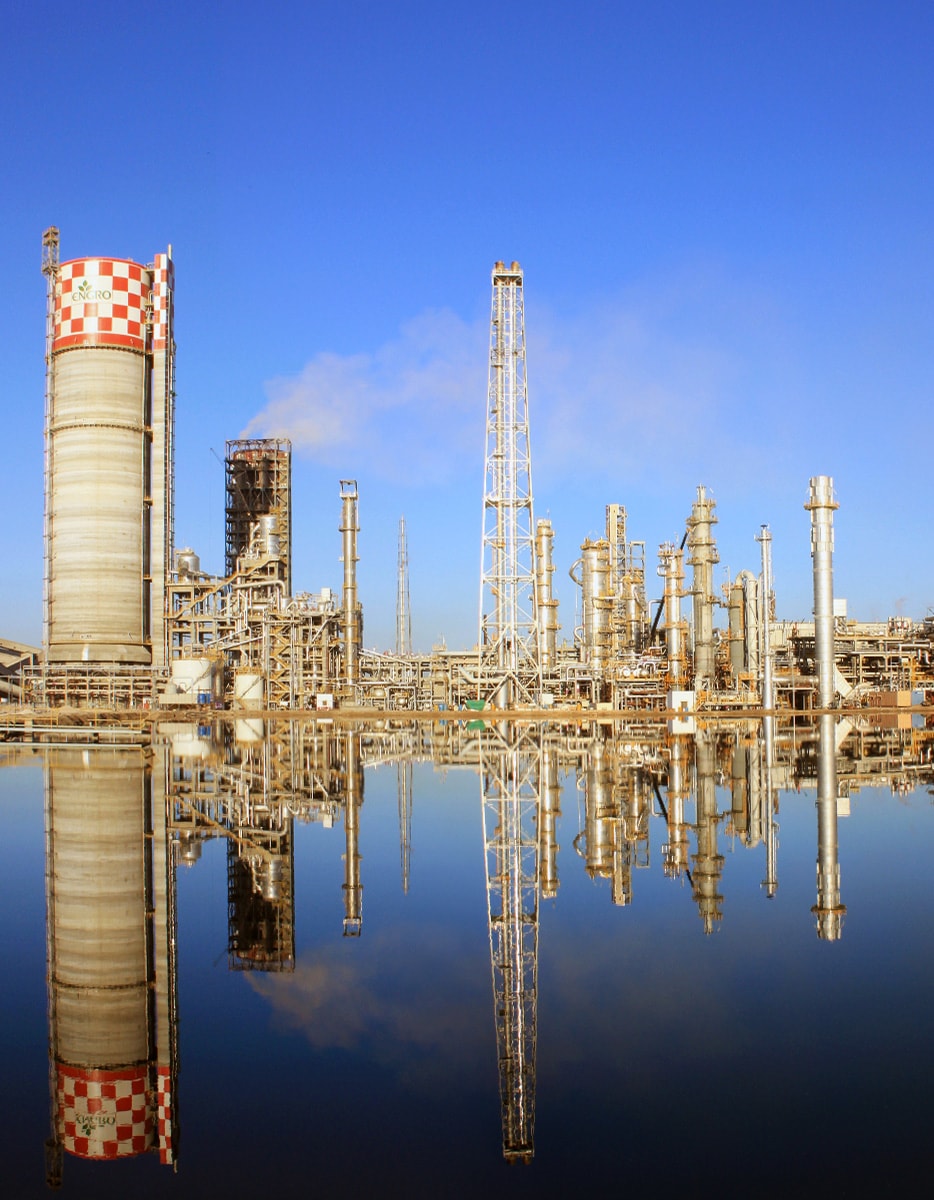
We will be responsible for the management and technical support of the digital tool, and we will involve Honeywell as required.
Honeywell’s digital twin solution will also be used as a virtual model to guide engineers with useful information on machine performance and maintenance requirements in order to optimise urea production.
The Honeywell Forge solution, used in over 60 process facilities throughout the world, will enable us to provide real-time responses on plant operational management, to collect data for monitoring and predictive maintenance, to contribute to the optimisation of our clients’ operations and to deliver greater value to our stakeholders.
The solution will allow us to remain in close contact with our clients, even after plant delivery, to modernise what we offer as a licensor and to collect feedback on plant performance.
